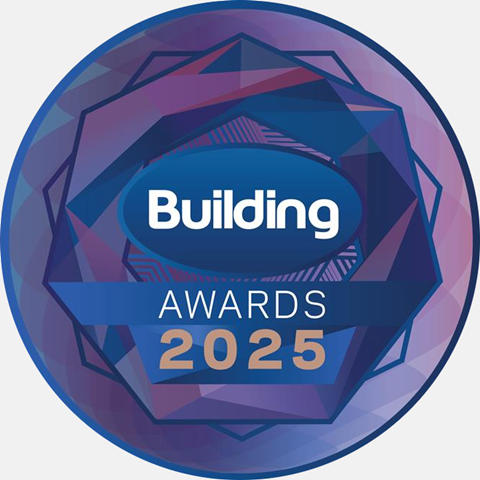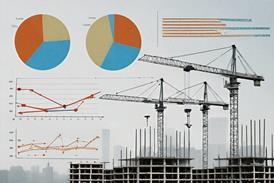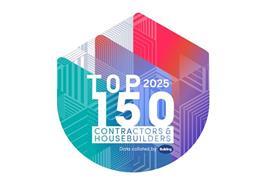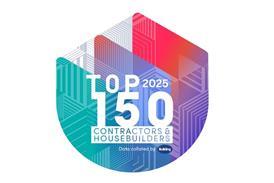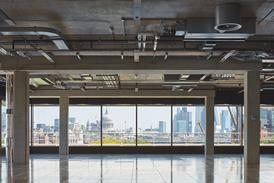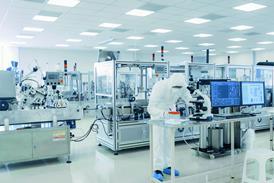- News

All the latest updates on building safety reformRegulations latest
- Focus
- Home
- News
- Focus
- Comment
- Events
- CPD
- Building the Future
- Jobs
- Data
- Subscribe
- Building Boardroom
Construction must undergo systemic change to reap the benefits of technology
By Paul Ruddick 2025-07-25T06:00:00

Despite decades of technical advances and a revolution in technology, the benefits have not flowed through to improved productivity, says Paul Ruddick, chairman and founder of Reds10
The construction industry stands at a pivotal moment. As digital tools and automation reshape sectors across the economy, construction has a rare opportunity to reinvent itself—moving from fragmented, manual processes to scalable, industrialised systems.
But can the industry rise to this moment? To industrialise construction, the industry will need to undergo systemic change – starting with reform of the main contractor business model.
Already registered? Login here
To continue enjoying Building.co.uk, sign up for free guest access
Existing subscriber? LOGIN
Stay at the forefront of thought leadership with news and analysis from award-winning journalists. Enjoy company features, CEO interviews, architectural reviews, technical project know-how and the latest innovations.
- Limited access to building.co.uk
- Breaking industry news as it happens
- Breaking, daily and weekly e-newsletters
Get your free guest access SIGN UP TODAY

Subscribe now for unlimited access
Subscribe to Building today and you will benefit from:
- Unlimited access to all stories including expert analysis and comment from industry leaders
- Our league tables, cost models and economics data
- Our online archive of over 10,000 articles
- Building magazine digital editions
- Building magazine print editions
- Printed/digital supplements
Subscribe now for unlimited access.
View our subscription options and join our community







